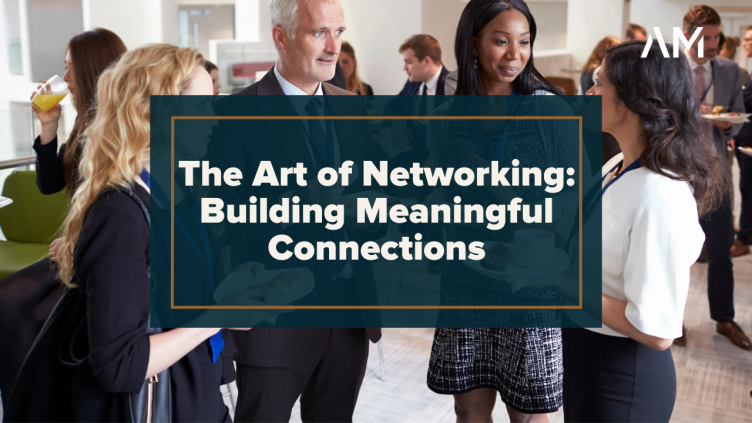The Art of Networking: Building Meaningful Connections
In today's interconnected world, networking has become essential for personal and professional growth. However, building meaningful connections is not merely about collecting many contacts but cultivating relationships that bring value to both parties involved. Effective networking goes beyond handing out business cards at events; it requires a strategic and thoughtful approach. In this article, we will explore the art of networking and uncover strategies to build lasting, meaningful connections.
Authenticity: The Foundation of Meaningful Connections
Authenticity is vital when it comes to building meaningful connections. People are more likely to engage and connect with genuine and sincere individuals. Be yourself, share your passions, and show a genuine interest in others. Authenticity fosters trust and lays the foundation for long-lasting relationships.
Active Listening: The Power of Understanding
Networking is not solely about promoting oneself; it's about creating a dialogue and understanding others. Practice active listening by giving your full attention to the person you're engaging with. Show genuine curiosity, ask open-ended questions, and listen attentively to their responses. By understanding their needs, challenges, and aspirations, you can find ways to offer value and establish a strong connection.
Find Common Ground: Shared Interests and Goals
Shared interests and goals form the basis of solid connections. Look for common ground with the people you meet and build upon it. Whether it's a hobby, professional interest, or a shared vision, finding commonalities helps to establish rapport and deepen the connection. Actively seek opportunities to connect and collaborate based on these shared interests.
Cultivate Your Online Presence: Utilize Social Media
In today's digital age, social media platforms offer incredible networking opportunities. Build a solid online presence that reflects your professional brand and values. Engage in meaningful conversations, share valuable content, and connect with individuals who inspire you. Leverage platforms like LinkedIn to showcase your expertise and actively participate in relevant communities and groups.
Give, Don't Just Take: The Power of Reciprocity
Networking is not a one-way street; it's a mutually beneficial exchange. Approach networking with a mindset of giving rather than just taking. Seek opportunities to provide value to others, whether it's through sharing knowledge, making introductions, or offering assistance. Being generous and supportive builds a reputation as a trusted and valuable networker.
Follow Up and Nurture Relationships
Building meaningful connections continues after an initial interaction. Follow up with individuals you meet and nurture those relationships over time. Send personalized messages, connect on social media, and stay in touch. Remember essential details about them and their goals to show your genuine interest. Investing time and effort into maintaining relationships solidifies the connection and opens doors for future collaborations.
Attend Networking Events: In-person and Virtual
Networking events provide invaluable opportunities to meet new people and expand your network. Attend industry conferences, seminars, and local meetups to connect with like-minded professionals. In addition to in-person events, virtual networking has become increasingly popular. You can engage in webinars, virtual conferences, and online communities to broaden your reach and connect with professionals globally.
Takeaways
Networking is an art that requires patience, authenticity, and a genuine desire to connect with others. Building meaningful connections is about more than quantity but quality. By being authentic, actively listening, finding common ground, and giving value, you can cultivate relationships that bring mutual benefits and open doors to new opportunities. So embrace the art of networking, and watch your connections flourish and contribute to your personal and professional growth.

